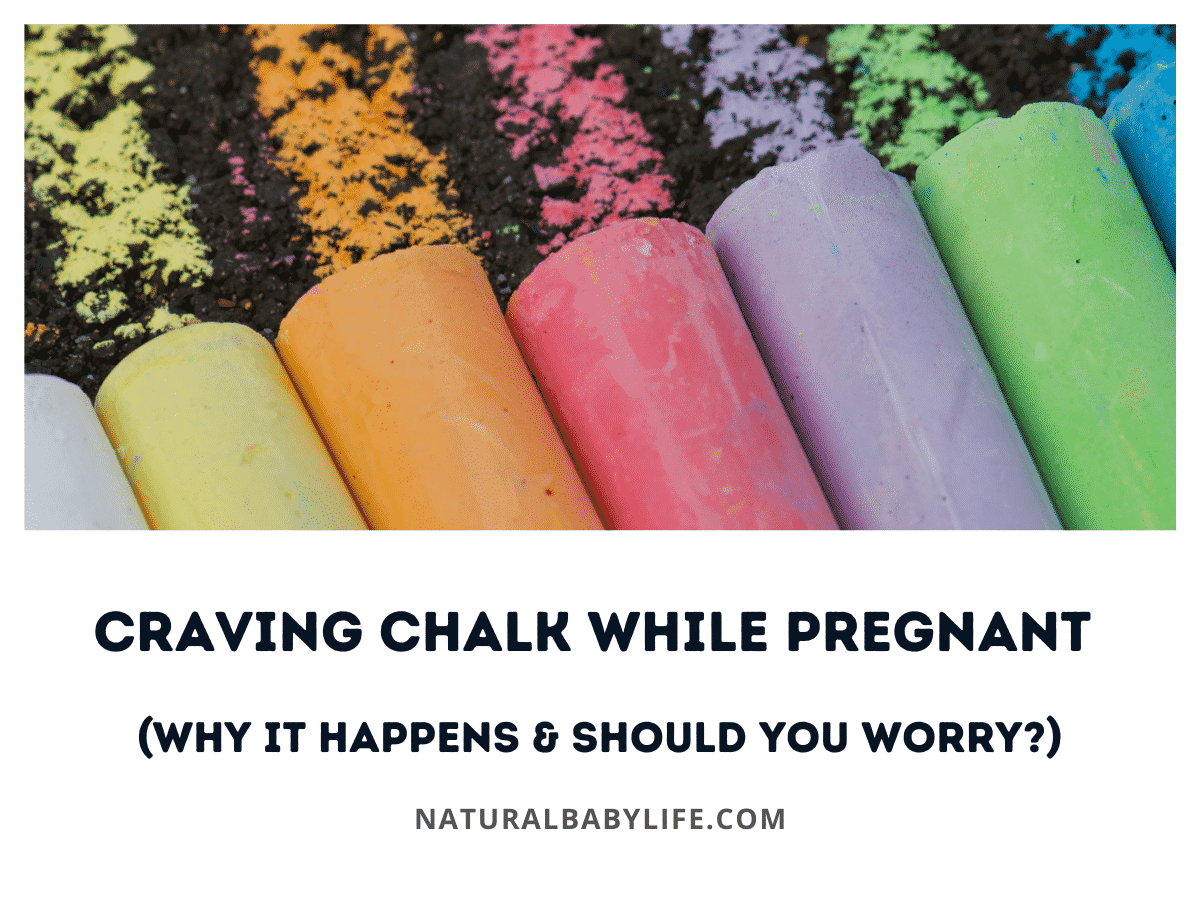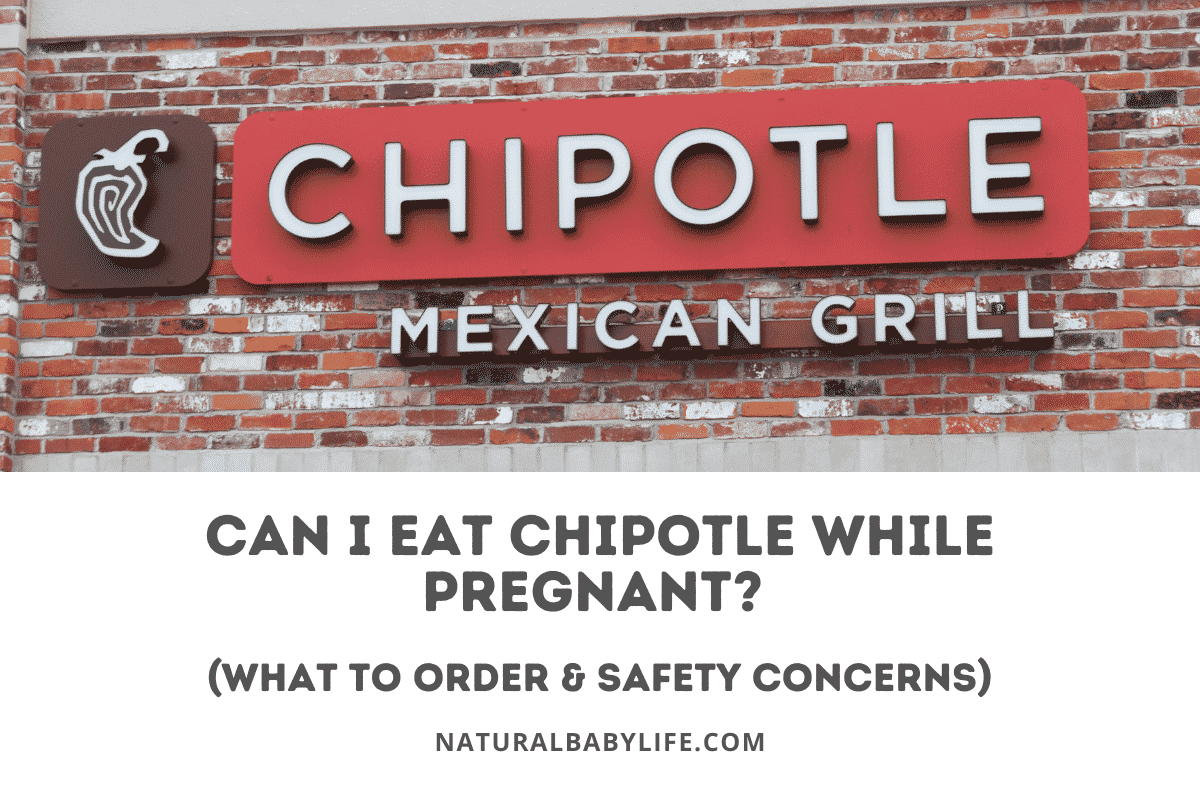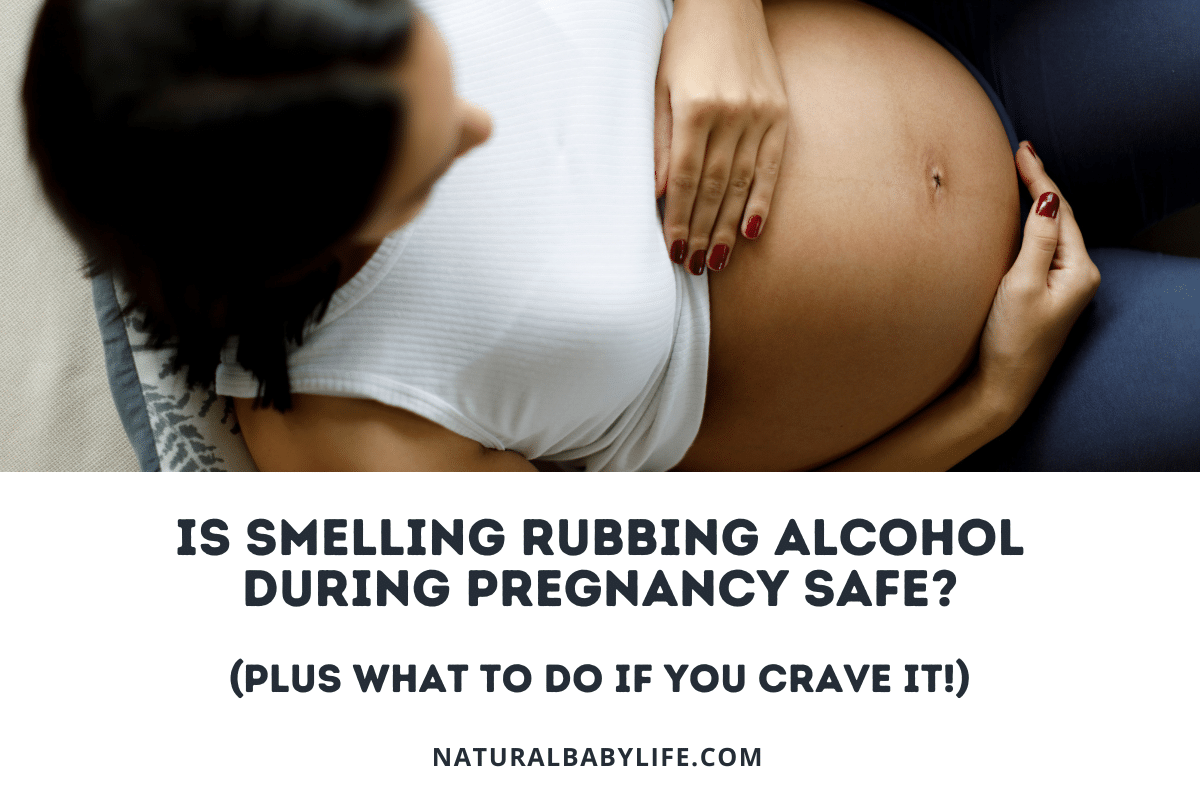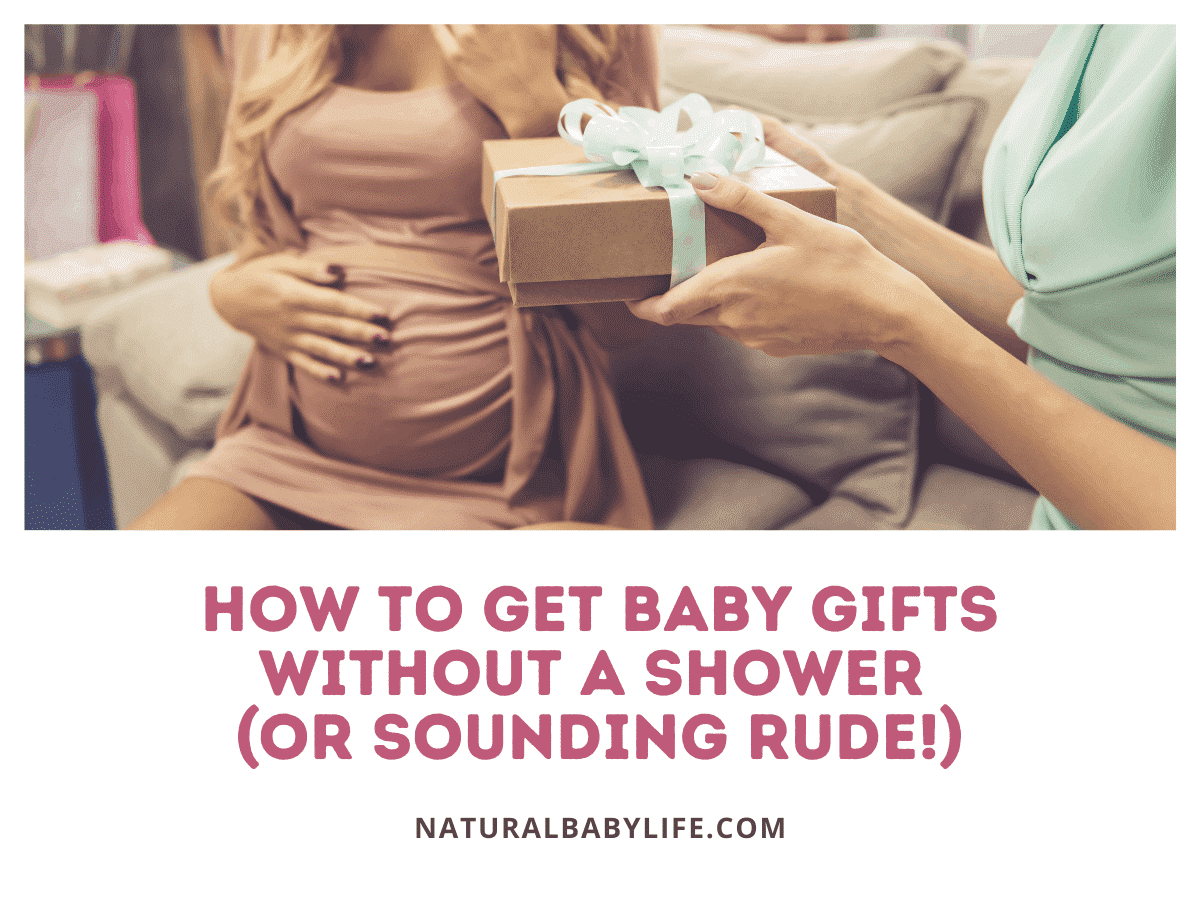Pregnancy brings about a host of physiological and hormonal changes. Pregnancy cravings are a common side-effect that many women expect; however, what if, instead of craving chocolate, you crave chalk?
Cravings for non-food items, such as chalk, are associated with “pica,” an eating disorder commonly seen in pregnant women. Some research suggests these cravings are linked to micronutrient deficiencies, such as low iron, zinc, and calcium. Though these cravings may be common, ingesting chalk can lead to anemia, malnutrition, and more.
Keep reading to learn more about the prevalence of pica during pregnancy, why you may be experiencing chalk cravings, and what to do about them.
Table of Contents
Is it normal to crave chalk during pregnancy?
As detailed in The American Psychiatric Association’s Diagnostic and Statistical Manual of Mental Disorders, Fifth Edition (DSM-5), pica is an eating disorder characterized by intense cravings and persistent eating of non-nutritive, non-food substances that last one month longer. The name “pica” stems from the Latin word for magpie, a species of bird known for its propensity to collect and eat just about anything.
Craving non-food items, like chalk, during pregnancy, is not as uncommon as you may think. When acted upon, this condition is known as pica. Though pica is not unique to pregnant women, it is more common during pregnancy.
Varying from case to case, a myriad of non-food cravings can be associated with pica; however, these non-food cravings tend to fall within one of three categories: geophagy, amylophagy, and pagophagy.
Pica Cravings by Type
Type of Pica Description Examples of Cravings
Geophagy To eat earth
Amylophagy To eat raw starch
Pagophagy To eat ice
Chalk falls into the geophagy category and is a common fixation for individuals suffering from pica. Research conducted in rural India showed that chalk was the most common non-food craving among pregnant women.
Though there is no clear reason as to why a woman may crave chalk during pregnancy, some have associated the occurrence of pica with anemia, low zinc, and calcium deficiency.
Pica during pregnancy
The underlying causes of even standard pregnancy cravings are not well understood, and though documented as early as the fifth century, non-food cravings associated with pica are an even bigger phenomenon.
Here are some potential causes of pica during pregnancy and postpartum:
- Cultural Expectations – In some parts of the world, pica (particularly geophagy) may be promoted as a cultural norm. For instance, in a study involving pregnant women on the Kenyan coast, soil-eating was linked to fertility and femininity.
- Psychological stress – Some scientists have proposed that the ingestion of non-food substances may be a “nervous habit” or a way to cope with stress.
- Hunger – Pica has been linked to instances of food shortages and insecurity throughout history.
- Dyspepsia – It’s been suggested that nausea and heartburn, which are common in pregnancy, can lead to pica. Most of the non-food materials associated with pica cravings are more alkaline, so ingesting these materials may help reduce stomach acid.
- Micronutrient deficiency – Cravings associated with pica may be caused by mineral deficiencies which are common among pregnant women.
- Protection against pathogens and toxins – Some non-food substances may reduce the permeability of the intestinal wall, strengthen the mucosal barrier, and bind to pathogens and toxins to prevent absorption into the body.
Of the potential causes of pica, micronutrient deficiency is the most common hypothesis when linked to pregnancy.
Here are the three main deficiencies associated with pica:
- Iron deficiency – Many studies have linked the occurrence of pica to anemia. Though some suggest that pica may cause anemia, it is more widely theorized that pica is a symptom of anemia. This is supported by the fact that the populations most commonly affected by pica (children and pregnant women) have greater iron needs. On the other hand, some cravings, including chalk, contain little iron.
- Zinc deficiency – Zinc deficiency may lead to a reduced sense of taste, which may lead people to crave non-food items. Some studies show that pica may resolve with zinc supplementation.
- Calcium deficiency – Though calcium deficiency is the least studied mineral deficiency in relation to pica, it is worth noting that many of the non-food materials, including chalk, are rich in calcium. Pica, however, is not more prevalent in breastfeeding women who have the greatest calcium needs.
How common is pica during pregnancy?
A study published in the American Journal of Human Biology suggests that cravings associated with pica may occur in as many as 68% of pregnant women.
The prevalence of pica in pregnant women varies from study to study and is greatly influenced by factors such as location and culture. It may hinge upon the researcher’s definition of pica. According to the DSM-5, an individual is only diagnosed with pica if they are acting on their cravings for more than one month; however, some studies consider any non-food cravings to be pica.
It is also notable that the taboo nature of non-food cravings may also result in under-reporting and under-diagnosis. This may be the case because many women feel ashamed and embarrassed about their cravings.
Who is most likely to get pica?
According to the National Eating Disorders Association, pregnancy is the third most common cause of pica, behind malnourishment and anemia. It is hypothesized that pica in pregnancy is directly caused by nutrient deficiencies resulting from the increased need for many nutrients during pregnancy.
The underlying cause of pica is not fully understood, but it appears to be more prevalent in the following populations:
- Pregnant and postpartum women
- Children (not diagnosed under two years of age due to developmentally appropriate mouthing)
- Malnourished or anemic individuals
- Individuals with developmental disabilities, such as autism
- Individuals with mental health issues, such as obsessive-compulsive disorder (OCD)
Along with nutrient deficiency, there are many factors linked to pica in pregnancy and postpartum. Here are findings from a study in Iran showing which factors appear to be associated with pica and which factors have no apparent link:
Factors Linked to Pica During Pregnancy and Postpartum
| Linked to Pica | Not Linked to Pica |
|---|---|
|
|
Is it safe to eat chalk while pregnant?
According to the Missouri Poison Center, chalk is primarily composed of calcium carbonate or calcium sulfate, which are not considered poisonous in small quantities.
Though relatively benign, chalk is not made for human consumption, and consistently ingesting it can cause many health issues, including:
- Dental damage
- Digestive issues
- Lead poisoning
- Parasites
- Bowel obstruction or constipation
- Loss of appetite
- Malnutrition
As discussed, anemia is a major risk factor seen in individuals with pica. Many assume that, though potentially dangerous, succumbing to non-food cravings may provide iron or other nutrients that are lacking; however, this is not the case. Consuming non-food substances can actually cause or worsen anemia by interfering with iron absorption.
In addition to these health risks, chalk cravings may be a symptom of an underlying issue such as a micronutrient deficiency or nutritional imbalance.
It is important to treat these underlying issues to ensure that you and your unborn baby are getting the nutrients you need.
If you suspect you have an iron deficiency, here are some iron-rich foods you can incorporate into your diet:
- Dark green leafy vegetables
- Dried fruit, such as raisins and apricots
- Iron-fortified cereals, bread, and pasta
- Red meat, pork, and poultry
- Seafood
- Beans
- Peas
How to satisfy chalk cravings
As mentioned, chalk cravings are sometimes associated with micronutrient deficiencies (e.g. iron, zinc, calcium). If you are experiencing any non-food cravings, talk to your doctor about doing a blood test.
If it’s discovered that you do have a nutritional deficiency or imbalance, taking supplements or adjusting your diet may be enough to stop your chalk cravings.
Unfortunately, cravings associated with pica can be unrelenting, and they aren’t always resolved by taking supplements. Edible chalk, such as Chalkovsky Premium Edible Chalk, has no impurities or additives, which makes it safer than ingesting traditional chalk. Though made for human consumption, edible chalk may still be hard on the digestive system and provide little nutritional value. Talk with your doctor before trying an edible chalk alternative.
What does it mean if you crave chalk while pregnant?
Many women have fun scrutinizing their pregnancy cravings and symptoms to help them make predictions about their little one.
Though common, these associations are usually myths.
If you are craving chalk during pregnancy, you are unlikely to learn anything about your newborn baby; however, you may have an iron deficiency.
Does craving chalk while pregnant mean it’s a boy or girl?
Some old wives’ tales suggest that a pregnant woman’s cravings may provide a hint to whether they are having a boy or a girl. Sweets and dairy are often associated with having a girl. Foods that are sour, spicy, and salty foods are associated with having a boy. Unfortunately, there is no science to back up this theory.
Similar to standard pregnancy cravings, a research study published in the Eating and Weight Disorders Journal found that the gender of a mother’s unborn baby was not linked to the incidence of pica.
If you want to learn more, I have a HUGE list of the most common pregnancy cravings just for you!










